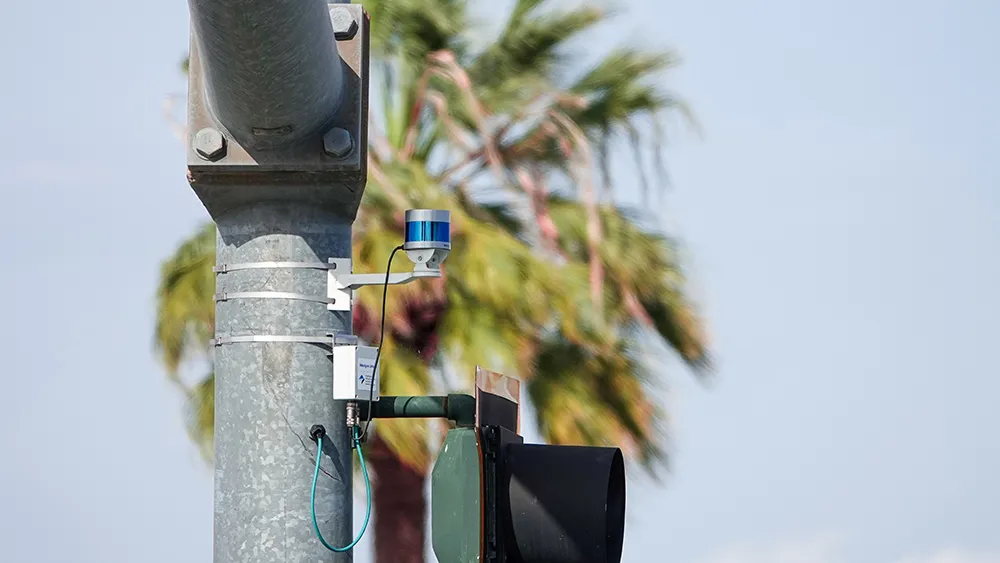WSP/Parsons Brinckerhoff has been appointed by the UK’s Network Rail to provide design and engineering services on the Digital Railway’s Multi-Functional Design Framework (MFD). The digital railway is a government supported, industry-wide programme aimed at increasing the role of digital technologies to improve capacity, connectivity and reliability.
Through the framework WSP/Parsons Brinckerhoff will provide a range of strategic engineering and project management services to support the delivery of the
June 21, 2016
Read time: 2 mins
Through the framework WSP/Parsons Brinckerhoff will provide a range of strategic engineering and project management services to support the delivery of the European Rail Traffic Management Systems (ERTMS) on the UK’s railways. ERTMS is the digital equivalent of the traditional signalling system, which removes fixed-blocks and in turn the need for trains to stop and start at red lights. This improves capacity and provides greater reliability and enables other digital applications including automatic train operation, advanced passenger information, real time train planning and electronic ticketing.
As part of its contract, the company has appointed UK systems and engineering technology company Frazer-Nash to support its work on the programme.
Frazer Nash will be providing a range of strategic engineering services and will work on the development of the security case for the Digital, utilising its skills in rail systems engineering, systems assurance, hazard management, auditing and cyber security and assurance.










